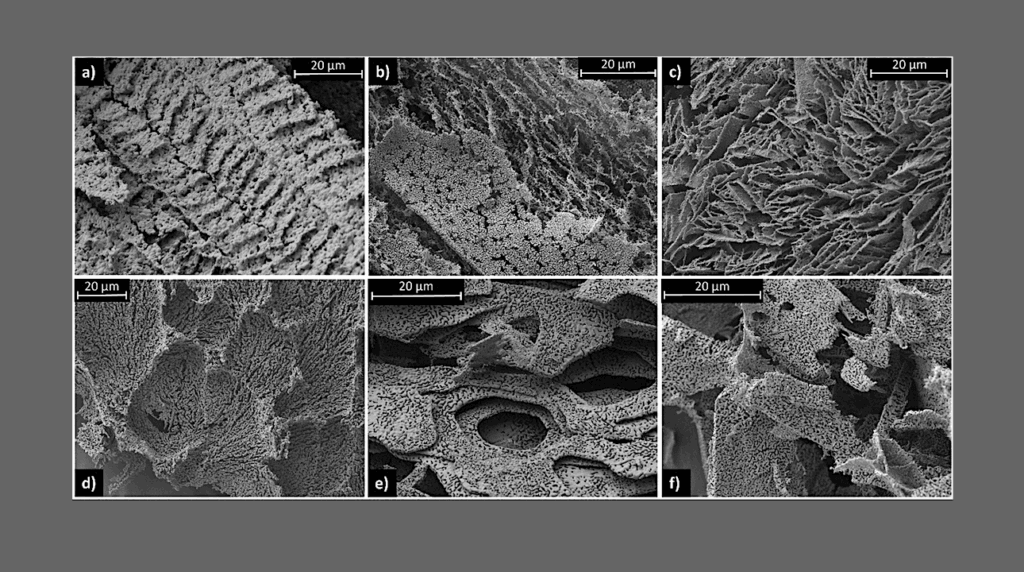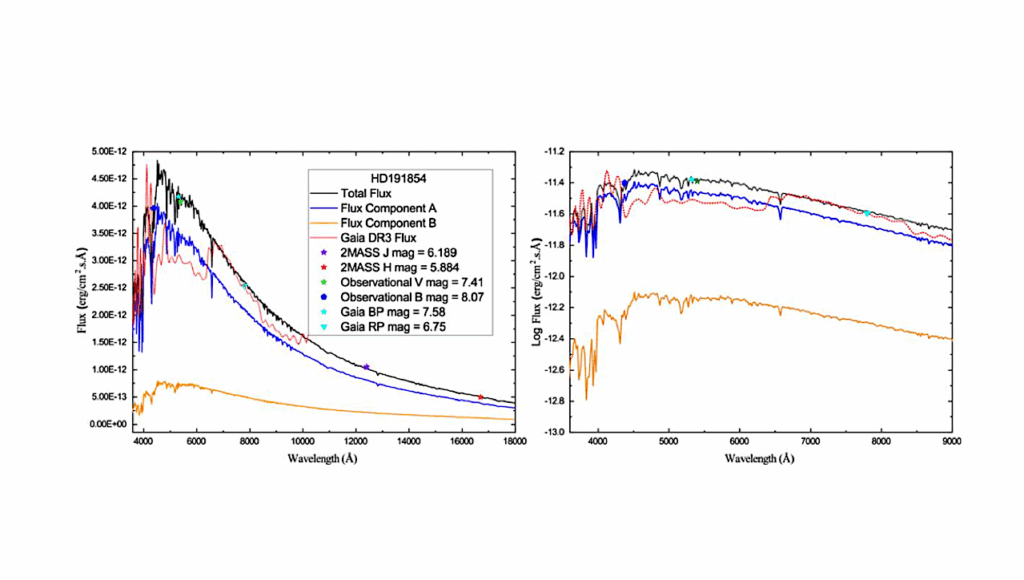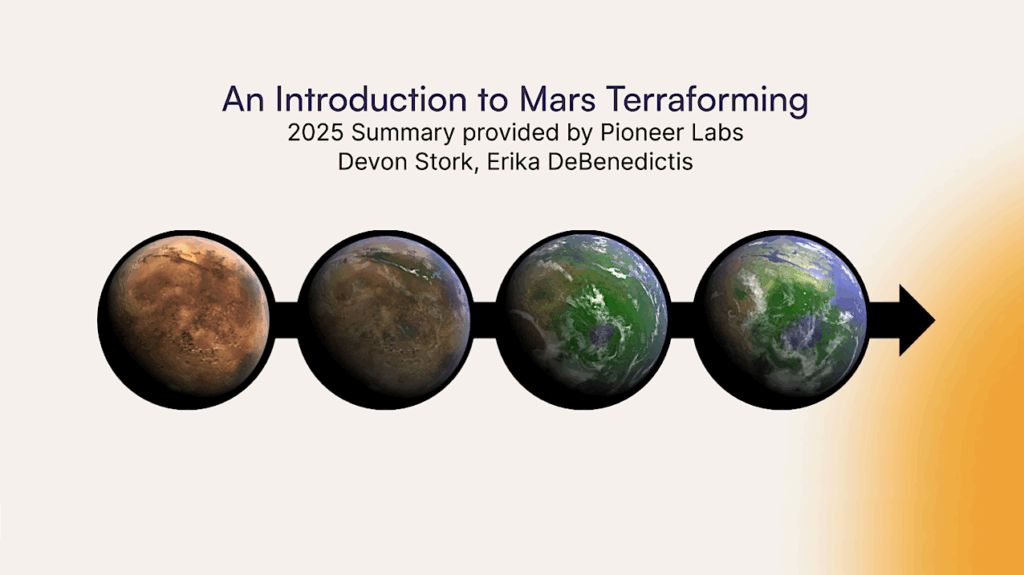The Influence Of A Sub-stellar Continent On The Climate Of A Tidally-locked Exoplanet

Previous studies have demonstrated that continental carbon-silicate weathering is important to the continued habitability of a terrestrial planet. Despite this, few studies have considered the influence of land on the climate of a tidally-locked planet.
In this work we use the Met Office Unified Model, coupled to a land surface model, to investigate the climate effects of a continent located at the sub-stellar point. We choose to use the orbital and planetary parameters of Proxima Centauri B as a template, to allow comparison with the work of others.
A region of the surface where Ts > 273.15 K is always retained, and previous conclusions on the habitability of Proxima Centauri B remain intact. We find that sub-stellar land causes global cooling, and increases day-night temperature contrasts by limiting heat redistribution. Furthermore, we find that sub-stellar land is able to introduce a regime change in the atmospheric circulation. Specifically, when a continent offset to the east of the sub-stellar point is introduced, we observe the formation of two mid-latitude counterrotating jets, and a substantially weakened equatorial superrotating jet.
Neil T. Lewis, F. Hugo Lambert, Ian A. Boutle, Nathan J. Mayne, James Manners, David M. Acreman
(Submitted on 1 Feb 2018)
Comments: 19 pages, 8 figures, Accepted for publication in The Astrophysical Journal
Subjects: Earth and Planetary Astrophysics (astro-ph.EP)
Cite as: arXiv:1802.00378 [astro-ph.EP] (or arXiv:1802.00378v1 [astro-ph.EP] for this version)
Submission history
From: Neil Lewis [view email]
[v1] Thu, 1 Feb 2018 16:38:59 GMT (1613kb,D)
https://arxiv.org/abs/1802.00378
Astrobiology








